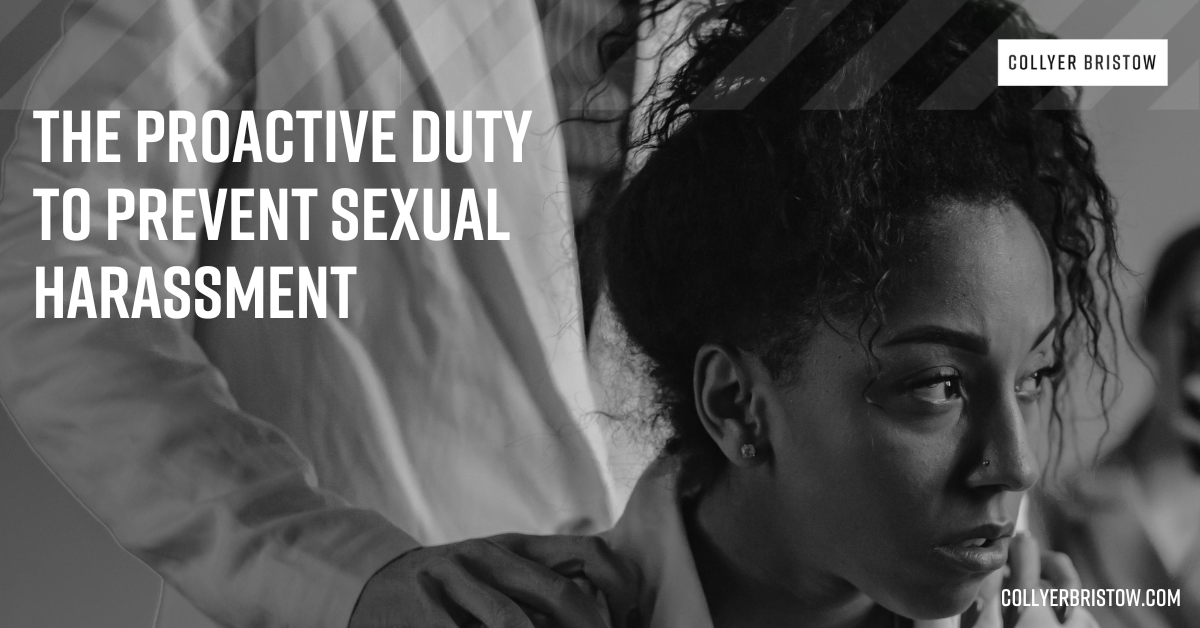- Employment law for employers
- Employment law for employees

Shorter Reads
CORONAVIRUS UPDATE: Returning to the workplace safely
For the last 130 days, Government guidance has been to work from home wherever possible, but this will become optional from 1 August 2020. Here are our ‘Top 10 Tips’ for employers on how an office environment can be made Covid compliant for this transition.
1 minute read
Published 31 July 2020
Key information
- Specialisms
- Business
1) Carry out a Covid-19 risk assessment
You should identify work activity and situations that might cause transmission of Covid-19, think about who could be at risk, determine how likely it is that your workers could be exposed to the virus, and act to remove the activity or situation (or at least control the risk). If you have fewer than 5 workers, the risk assessment does not have to be written down. Do consider publishing the risk assessment on your website though, and if you have over 50 workers you must publish your risk assessment on your website.
2) Implement social distancing measures
Maintain the 2m distancing rule wherever possible, and where that is not possible a distancing of 1m with risk mitigations should be implemented. Initiating a one-way system around the office, keeping workstations 2m apart, managing occupancy, using floor tape to measure out 2m spacing around the office and regulating cafeterias can facilitate this.
3) Enhance cleaning and hygiene
Place hand sanitising stations around the office and encourage workers to use them to prevent the spread of the virus. Clean surfaces more frequently, particularly door handles, pass readers and telephones.
4) Provide face masks and coverings
You may want to enforce a policy where all employees must wear face coverings (masks and visors are the most common) in the office – and if so, you should consider providing these. However, be careful not to discriminate against individuals who rely on lip reading, facial expressions, and clear sound to communicate.
5) Consider safety screens
Safety screens are a good idea for workstations, particularly for any employees dealing directly with the public (for example, receptionists).
6) Ensure workers and visitors who feel unwell stay at home
It is still a legal obligation that anyone exhibiting Covid-19 symptoms self-isolate, now for 10 days rather than 7.
7) Consider who should not go into the office
Those who are clinically vulnerable should be given even greater flexibility to work from home but speak to them about what they want to do to avoid any accusations of discrimination.
8) Optimise ventilation
Ventilation into the workspace needs to be optimised to ensure a fresh air supply is provided to all areas of the office. This can be achieved through fans, and even just by keeping doors and windows open (without compromising fire safety rules)
9) Manage your workforce
Try to implement a shift-style system to reduce the number of employees in the office at any given time and consider staggered start times to limit employees’ use of public transport at peak times.
10) Consult with workers
Talk to your workers. They may have ideas and concerns they want to discuss, and you should listen. Even in the safest environment, a worker may feel unsafe and if you do not listen then this could result in an Employment Tribunal claim.
Finally, even with the best measures in place, it is unlikely that an employer will be able to eliminate all risks posed by Covid-19. Recent local lockdowns have highlighted that the virus has not gone away and vigilance is needed. Therefore, our top piece of advice is that if working from home has been successful in your organisation then keep doing it for as long as you can.
If you have any questions about safety in the workplace, returning to work or any other employment-related queries then the Collyer Bristow Employment Team is on hand to help.
Related content
Shorter Reads
CORONAVIRUS UPDATE: Returning to the workplace safely
For the last 130 days, Government guidance has been to work from home wherever possible, but this will become optional from 1 August 2020. Here are our ‘Top 10 Tips’ for employers on how an office environment can be made Covid compliant for this transition.
Published 31 July 2020
Associated sectors / services
Authors
1) Carry out a Covid-19 risk assessment
You should identify work activity and situations that might cause transmission of Covid-19, think about who could be at risk, determine how likely it is that your workers could be exposed to the virus, and act to remove the activity or situation (or at least control the risk). If you have fewer than 5 workers, the risk assessment does not have to be written down. Do consider publishing the risk assessment on your website though, and if you have over 50 workers you must publish your risk assessment on your website.
2) Implement social distancing measures
Maintain the 2m distancing rule wherever possible, and where that is not possible a distancing of 1m with risk mitigations should be implemented. Initiating a one-way system around the office, keeping workstations 2m apart, managing occupancy, using floor tape to measure out 2m spacing around the office and regulating cafeterias can facilitate this.
3) Enhance cleaning and hygiene
Place hand sanitising stations around the office and encourage workers to use them to prevent the spread of the virus. Clean surfaces more frequently, particularly door handles, pass readers and telephones.
4) Provide face masks and coverings
You may want to enforce a policy where all employees must wear face coverings (masks and visors are the most common) in the office – and if so, you should consider providing these. However, be careful not to discriminate against individuals who rely on lip reading, facial expressions, and clear sound to communicate.
5) Consider safety screens
Safety screens are a good idea for workstations, particularly for any employees dealing directly with the public (for example, receptionists).
6) Ensure workers and visitors who feel unwell stay at home
It is still a legal obligation that anyone exhibiting Covid-19 symptoms self-isolate, now for 10 days rather than 7.
7) Consider who should not go into the office
Those who are clinically vulnerable should be given even greater flexibility to work from home but speak to them about what they want to do to avoid any accusations of discrimination.
8) Optimise ventilation
Ventilation into the workspace needs to be optimised to ensure a fresh air supply is provided to all areas of the office. This can be achieved through fans, and even just by keeping doors and windows open (without compromising fire safety rules)
9) Manage your workforce
Try to implement a shift-style system to reduce the number of employees in the office at any given time and consider staggered start times to limit employees’ use of public transport at peak times.
10) Consult with workers
Talk to your workers. They may have ideas and concerns they want to discuss, and you should listen. Even in the safest environment, a worker may feel unsafe and if you do not listen then this could result in an Employment Tribunal claim.
Finally, even with the best measures in place, it is unlikely that an employer will be able to eliminate all risks posed by Covid-19. Recent local lockdowns have highlighted that the virus has not gone away and vigilance is needed. Therefore, our top piece of advice is that if working from home has been successful in your organisation then keep doing it for as long as you can.
If you have any questions about safety in the workplace, returning to work or any other employment-related queries then the Collyer Bristow Employment Team is on hand to help.
Associated sectors / services
- Employment law for employers
- Employment law for employees
Authors
Need some more information? Make an enquiry below.
Subscribe
Please add your details and your areas of interest below
Article contributor
Tania
GoodmanPartner - Head of Employment
Specialising in Employment law for employees and Employment law for employers
Enjoy reading our articles? why not subscribe to notifications so you’ll never miss one?
Subscribe to our articlesMessage us on WhatsApp (calling not available)
Please note that Collyer Bristow provides this service during office hours for general information and enquiries only and that no legal or other professional advice will be provided over the WhatsApp platform. Please also note that if you choose to use this platform your personal data is likely to be processed outside the UK and EEA, including in the US. Appropriate legal or other professional opinion should be taken before taking or omitting to take any action in respect of any specific problem. Collyer Bristow LLP accepts no liability for any loss or damage which may arise from reliance on information provided. All information will be deleted immediately upon completion of a conversation.
Close























































































